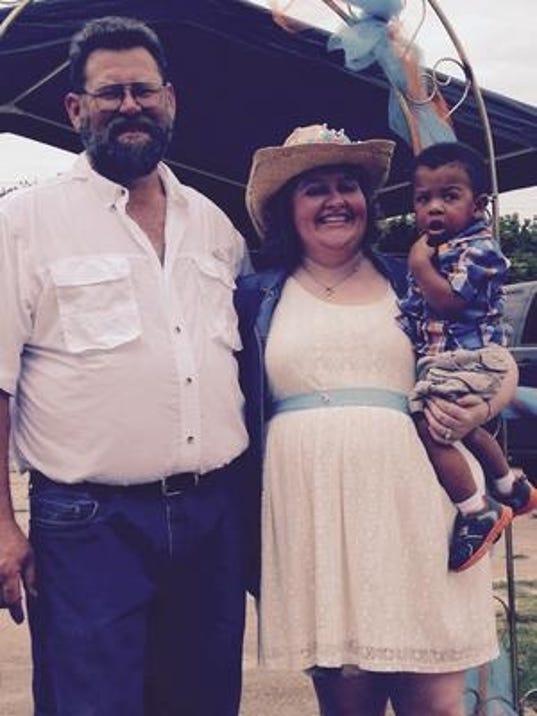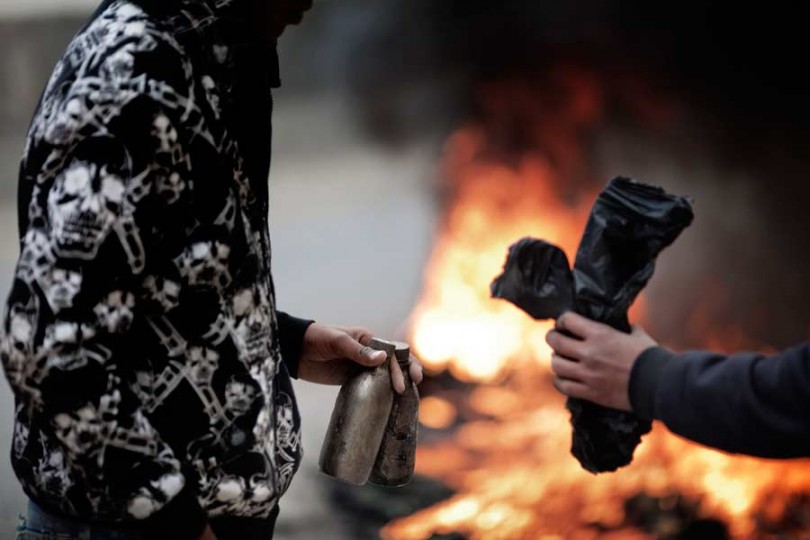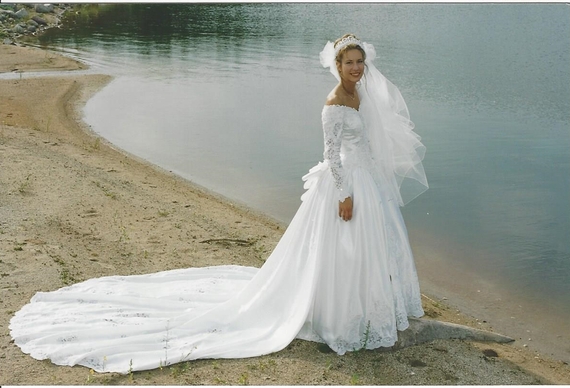Wedding hashtags derived from the names of the couple getting married are the
in-thing these days. In the recent past, almost every wedding I have attended
has had a hashtag attached to it on Facebook.
And this is how they work. If I were to marry a woman called Mala, then the wedding hashtag could possibly be queeniewedding, where Mal comes from Mala, Vi from Vivek and Ka from Kaul. Or it could also be #VimalKiShaadi, where Vi comes from Vivek and Mal from Mala. Yes, I know it sounds very corny, but I hope you get the drift, dear reader.
And what use do these hashtags do? People attending the wedding can share the photographs they click at the wedding on Facebook by using this hashtag. If they want to write something about their experience at the wedding, they can use the hashtag as well.
How does this help? Anyone who wants to check out all the photos of the wedding, just needs to click on this hashtag and can get to see all the photographs clicked by different people at one place. It is a sort of a meta-album of the wedding.
And if the couple has the kind of friends who are also in the habit of making Facebook posts, you can also get to read stuff about how beautiful the bride looked in her saree or lehanga, and the groom in his bandhgalla, how great the food and the music was, how beautiful the women looked in their sarees, and so on.
The interesting thing is that the wedding hashtag is essentially another extension of digital photography. If photographs hadn't gone digital, there is no way it would work. In fact, digital photography almost did not take off. As Mark Johnson writes in Seizing the White Space - Business Model Innovation for Growth and Renewal, "In 1975, Kodak engineer, Steve Sasson invented the first camera, which captured low-resolution black-and-white images and transferred them to a TV. Perhaps fatally, he dubbed it "filmless photography" when he demonstrated the device for various leaders at the company."
Sasson was told "that's cute - but don't tell anyone about it." The reason for this was very straightforward. Kodak at that point of time was the largest producer of photo film in the world. And there was no way it was letting filmless photography destroy that market.
Nevertheless, over the years other companies like Cannon got into digital photography and the market went from strength to strength. Now we have reached a stage where almost no one uses the photo film, except possibly a few enthusiasts.
One impact of photos going digital has been that almost everyone has turned into a photographer. You don't need a fancy camera to click photographs. A smartphone with a camera would do just fine. Digital photography has made photography democratic and inexpensive. Also, unlike earlier when only a limited number of photographs could be taken, there are no such limitations anymore.
But this has also meant that with a surfeit of photos coming along, they are not as precious as they used to be. This is a point that crime fiction writer Peter May writes about in his new thriller Coffin Road. As he writes: "Shooting on film had meant that there were fewer photographs taken, which had made them more precious, and it was nice to have an album to sit and flick through. Pictures you could touch, almost as if touching the people themselves, a divine connection with a happier past."
Yes, a digital album somehow does not have the same touch and feel of a physical album, which one could turn page by page. Further, digital pictures tend to get lost as well, as we change smartphones, personal computers, tablets and laptops. Devices crash. Backups are not always taken.
The larger point being that change is not always for better. Does that mean we should go back to film photography? Of course not.
And this is how they work. If I were to marry a woman called Mala, then the wedding hashtag could possibly be queeniewedding, where Mal comes from Mala, Vi from Vivek and Ka from Kaul. Or it could also be #VimalKiShaadi, where Vi comes from Vivek and Mal from Mala. Yes, I know it sounds very corny, but I hope you get the drift, dear reader.
And what use do these hashtags do? People attending the wedding can share the photographs they click at the wedding on Facebook by using this hashtag. If they want to write something about their experience at the wedding, they can use the hashtag as well.
How does this help? Anyone who wants to check out all the photos of the wedding, just needs to click on this hashtag and can get to see all the photographs clicked by different people at one place. It is a sort of a meta-album of the wedding.
And if the couple has the kind of friends who are also in the habit of making Facebook posts, you can also get to read stuff about how beautiful the bride looked in her saree or lehanga, and the groom in his bandhgalla, how great the food and the music was, how beautiful the women looked in their sarees, and so on.
The interesting thing is that the wedding hashtag is essentially another extension of digital photography. If photographs hadn't gone digital, there is no way it would work. In fact, digital photography almost did not take off. As Mark Johnson writes in Seizing the White Space - Business Model Innovation for Growth and Renewal, "In 1975, Kodak engineer, Steve Sasson invented the first camera, which captured low-resolution black-and-white images and transferred them to a TV. Perhaps fatally, he dubbed it "filmless photography" when he demonstrated the device for various leaders at the company."
Sasson was told "that's cute - but don't tell anyone about it." The reason for this was very straightforward. Kodak at that point of time was the largest producer of photo film in the world. And there was no way it was letting filmless photography destroy that market.
Nevertheless, over the years other companies like Cannon got into digital photography and the market went from strength to strength. Now we have reached a stage where almost no one uses the photo film, except possibly a few enthusiasts.
One impact of photos going digital has been that almost everyone has turned into a photographer. You don't need a fancy camera to click photographs. A smartphone with a camera would do just fine. Digital photography has made photography democratic and inexpensive. Also, unlike earlier when only a limited number of photographs could be taken, there are no such limitations anymore.
But this has also meant that with a surfeit of photos coming along, they are not as precious as they used to be. This is a point that crime fiction writer Peter May writes about in his new thriller Coffin Road. As he writes: "Shooting on film had meant that there were fewer photographs taken, which had made them more precious, and it was nice to have an album to sit and flick through. Pictures you could touch, almost as if touching the people themselves, a divine connection with a happier past."
Yes, a digital album somehow does not have the same touch and feel of a physical album, which one could turn page by page. Further, digital pictures tend to get lost as well, as we change smartphones, personal computers, tablets and laptops. Devices crash. Backups are not always taken.
The larger point being that change is not always for better. Does that mean we should go back to film photography? Of course not.












